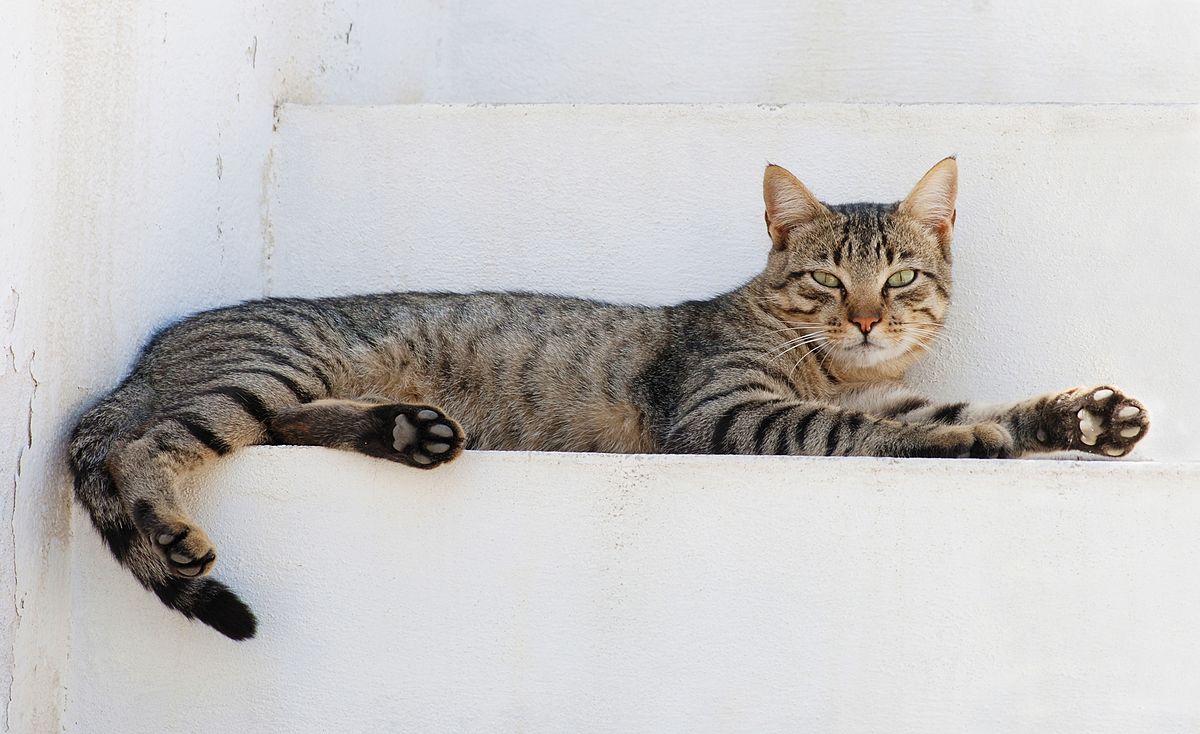Cats can control their ears—specifically, the outer ear. The outer ear is the visible, triangular part known as the ear pinna. You might wonder: what’s so unusual about a cat moving its ears? Well, at the very least, humans lack this ability. Our ears are immobile; we can’t rotate, flatten, or flare them without using our hands. But a cat does this effortlessly.
Cats rotate their ears to improve their hearing. Those cute ears on their head are like real radars, picking up sounds that are inaudible to humans. When directed toward a sound source, the pinna captures sound signals and channels them to the middle ear. The pinna enhances sound perception by as much as 20%, allowing cats not only to hear better but also to locate the source of sounds. This ability is essential for a cat’s survival outdoors. Sharp hearing, combined with the ability to determine sound direction, helps a cat both hunt and hide from predators.
You can conduct a small experiment to experience how effectively the pinna works. Focus on a low, background sound, like the hum of a refrigerator or computer. Now, place your hand around your ear to create an extension of the ear pinna. This setup acts as a kind of locator. Aim your hand toward the sound source, catching the noises coming from it. Move your hand in different directions. Notice how much more you hear? Not only does the sound you’re focusing on intensify, but you also pick up other sounds that were previously inaudible or blended into the background.
Cats’ ears don’t always move in sync; often, each ear seems to have a life of its own. One ear might turn toward a sound, while the other remains still or even rotates in a different direction.
The muscles that control ear movement are impressive—each ear has 32 muscles, allowing them to move independently of the rest of the body and direction of movement. This means a cat doesn’t always need to turn its head when called; it can simply swivel an “ear radar” in your direction to decide if your call deserves attention. Watch your pets closely—they won’t always turn around when you call, but their ears will usually give a subtle response.
Sometimes people wonder why a cat doesn’t respond to its name. Some even suspect hearing loss. But if your pet hears you, its ears won’t stay still, even if it’s ignoring you.
